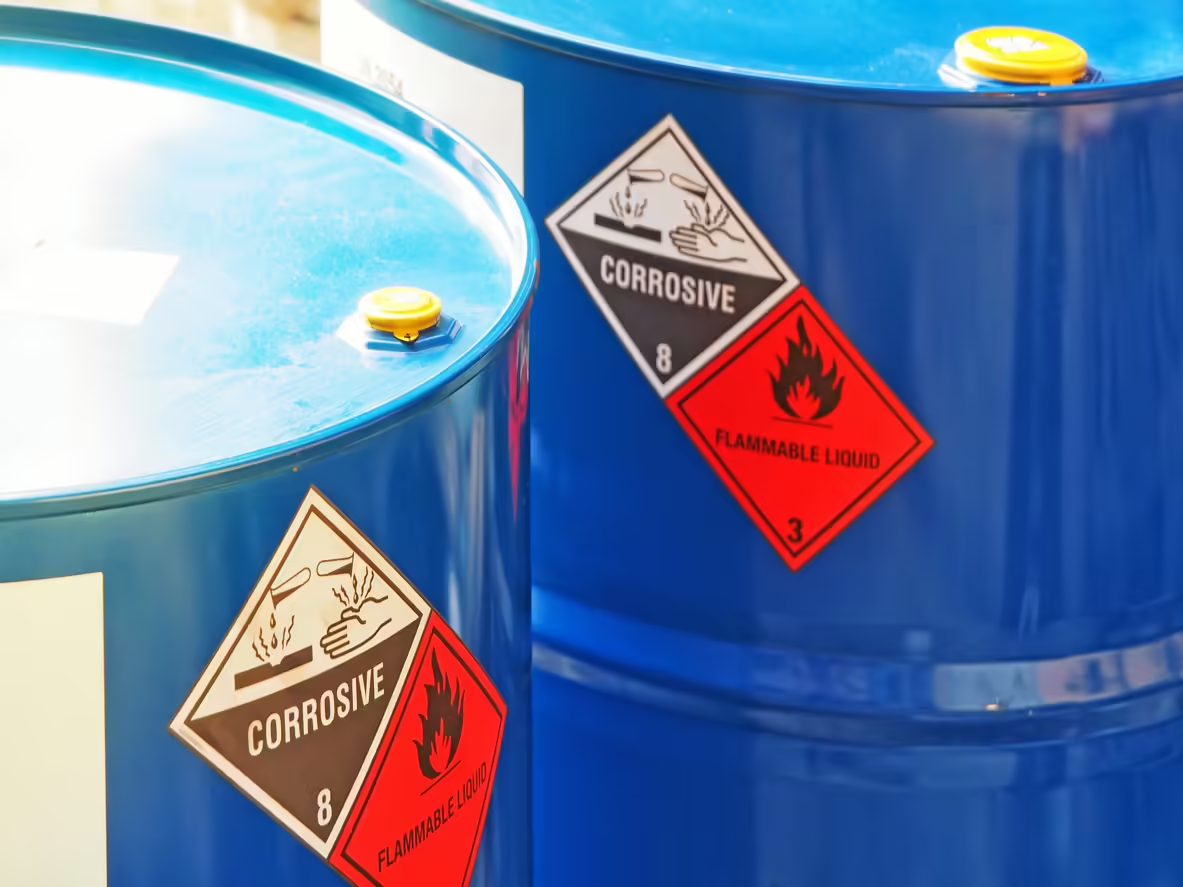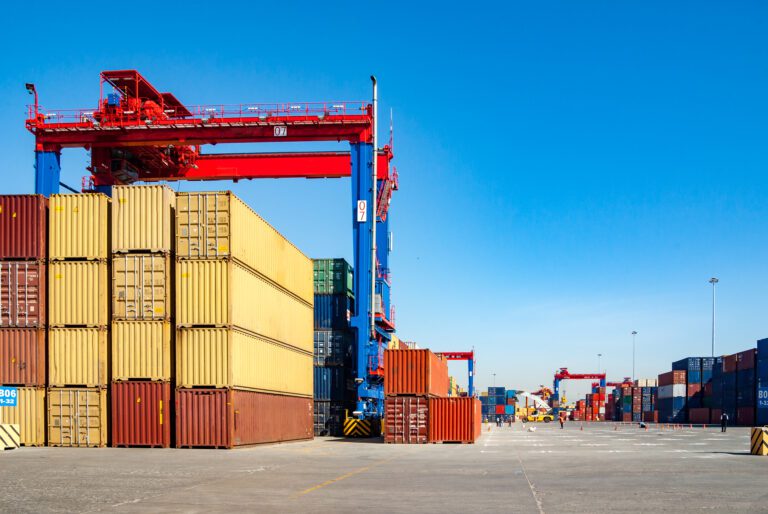
Highlights
- Hazardous materials include chemicals, gases, and flammable substances, requiring strict regulatory compliance for safe shipping.
- Key regulatory bodies include IATA, IMO, and the U.S. DOT, which govern air, sea, and domestic shipping, respectively.
- Essential steps for shipping hazardous materials: classification, packaging, labeling, documentation, and meeting carrier requirements.
- Best practices include staying informed about regulations, using qualified personnel, performing regular audits, and collaborating with shipping experts.
Shipping hazardous materials is a complex process that requires careful planning, adherence to stringent regulations, and the use of specialized packaging. Hazardous material shipping involves transporting substances that pose risks to health, safety, property, or the environment. These materials can include chemicals, gases, flammable substances, and other dangerous goods. This blog will explore how to ship hazardous materials safely and efficiently, with a focus on the requirements for companies in the pharmaceutical, cosmetic, cleaning, and detergent industries.
Understanding Hazardous Materials
Hazardous materials are classified based on their physical and chemical properties. Common categories include:
- Flammable Liquids: Substances like gasoline, alcohol, and certain solvents.
- Gases: Compressed gases such as propane, oxygen, and nitrogen.
- Corrosives: Acids and bases like hydrochloric acid and sodium hydroxide.
- Toxins: Poisonous substances that can cause harm if inhaled, ingested, or absorbed.
- Radioactive Materials: Substances that emit radiation.
Regulatory Framework
Hazardous shipping is governed by various international and national regulations to ensure safety. Key regulatory bodies include:
- International Air Transport Association (IATA): Governs the transportation of hazardous materials by air.
- International Maritime Organization (IMO): Oversees the shipment of hazardous materials by sea.
- U.S. Department of Transportation (DOT): Regulates hazardous material shipping within the United States.
Steps for Shipping Hazardous Materials
1. Classification and Identification: The first step in hazardous material shipping is to accurately classify and identify the materials being shipped. This involves determining the proper shipping name, hazard class, identification number, and packing group. Proper classification is crucial for ensuring that the correct handling procedures are followed.
2. Packaging: Proper packaging is essential to prevent leaks, spills, and contamination. Packaging must meet the specifications outlined by regulatory bodies and be appropriate for the type of hazardous material being shipped. Common packaging materials include:
- UN-rated drums: Designed for shipping liquids and solids, these drums are made of steel, plastic, or fiber.
- Gas cylinders: Used for shipping compressed gases.
- Combination packages: Include inner containers (e.g., bottles) packed within an outer container (e.g., box) to provide additional protection.
3. Labeling and Marking: Hazardous materials must be labeled and marked according to regulations. Labels indicate the type of hazard (e.g., flammable, corrosive) and include handling instructions. Markings provide additional information, such as the proper shipping name, identification number, and orientation arrows.
4. Documentation: Accurate and complete documentation is critical for hazardous shipping. Required documents typically include:
- Shipper’s Declaration for Dangerous Goods: Certifies that the hazardous materials have been properly classified, packaged, marked, and labeled.
- Material Safety Data Sheet (MSDS): Provides detailed information about the hazardous material, including its properties, hazards, and handling instructions.
- Bill of Lading: A legal document between the shipper and carrier detailing the type, quantity, and destination of the goods.
5. Carrier Requirements: Carriers transporting hazardous materials must comply with additional requirements, such as:
- Training: Personnel involved in handling and transporting hazardous materials must receive appropriate training.
- Segregation: Incompatible hazardous materials must be segregated to prevent reactions.
- Emergency Response: Carriers must have emergency response plans in place in case of an incident.
Industry Applications
Pharmaceutical Industry: Shipping hazardous materials in the pharmaceutical industry often involves transporting chemicals used in drug manufacturing. Proper handling and packaging are crucial to ensure the safety and efficacy of these materials.
Cosmetic Industry: Many cosmetics contain flammable or toxic ingredients. Hazardous material shipping ensures that these products are transported safely to prevent harm to consumers and the environment.
Cleaning and Detergent Industry: Cleaning agents and detergents may contain corrosive or toxic substances. Proper classification, packaging, and labeling are essential to prevent accidents during transportation.
Best Practices for Hazardous Material Shipping
- Stay Informed: Regulations for hazardous shipping are constantly evolving. Stay informed about changes in regulations and ensure compliance.
- Use Qualified Personnel: Ensure that personnel handling hazardous materials are trained and qualified.
- Perform Regular Audits: Regularly audit your hazardous material shipping processes to identify areas for improvement.
- Collaborate with Experts: Work with experts in hazardous material shipping to ensure that your practices meet the highest safety standards.
Staying Updated with Industry Standards
Shipping hazardous materials requires a thorough understanding of regulations, proper packaging, and meticulous attention to detail. By following the guidelines and best practices outlined in this blog, companies in the pharmaceutical, cosmetic, cleaning, and detergent industries can ensure the safe and efficient transportation of hazardous materials.
Hazardous material shipping is a critical aspect of many industries, and adhering to the proper procedures is essential for ensuring safety and compliance. Whether you’re shipping chemicals, gases, or flammable substances, understanding how to ship hazardous materials effectively can help protect your business and the environment.
Interested in shipping your freight internationally? Get Pricing on your next shipment today.


